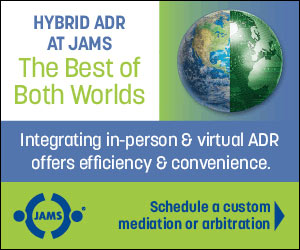How the STEM World Is Changing
Overall, technology is the key to removing bias from the talent acquisition process. Artificial intelligence can support locating talent from a broader candidate pool, and mask bias differentiators associated with ethnicity, gender, and age. AI can improve job postings through guidance on tone, voice, and length to reduce biases. Additionally, internet job boards can diversify talent pools using AI queries.
Automated assessments and asynchronous video interviews enable candidates to get past first level HR recruitment reviews. AI can interact with candidates and learn about their skills and interests, and match those attributes to job openings. AI can mitigate bias and enhance diversity by providing data analytics and reporting to HR during decision-making in hiring and promoting diverse employees. New technologies and tools are worth the investment in this space.
Moving Women Forward in STEM
There are three important ways we can help move women forward in STEM—mentorship, sponsorship, and ownership. Mentoring women can help them navigate daily work activity and guide them in developing their skills and abilities. It allows experienced women and men to share their knowledge in meaningful ways.
The next level of support is sponsorship—an influential leader advocates on behalf of a woman to help her progress professionally. These leaders actively participate in implementing programs and policies that move the needle on the career progression of women.
Where mentoring and sponsoring involve sharing advice and shepherding development, ownership consists of creating new avenues for societal change. I’ve seen this in my field through Women in Tech and Girls Who Code. These organizations, and others like them, are creating a new normal by removing hurdles to technical careers. I would love to see increased activity in science, engineering, and mathematics.
Barriers Are Coming Down
Barriers are falling for women entering STEM. Although most women may not have grown up thinking about these fields, it’s clear that when they make the move to STEM, they find their skills are transferable. Based upon their diverse backgrounds, women in technology, for example, provide unique perspectives in research outcomes, user experience, and product applicability.
Women in STEM 5 Years Out
I see women moving into more leadership roles across all fields in STEM—from working in STEM careers to sitting on more corporate boards and working as social influencers and entrepreneurs.







